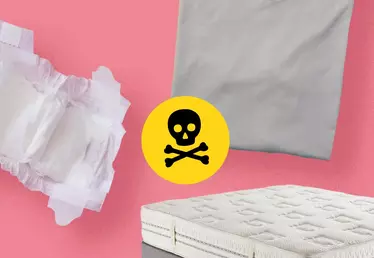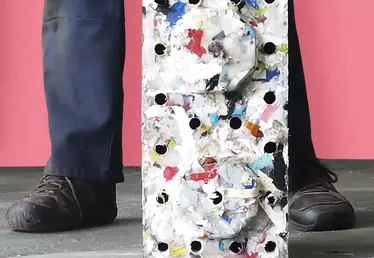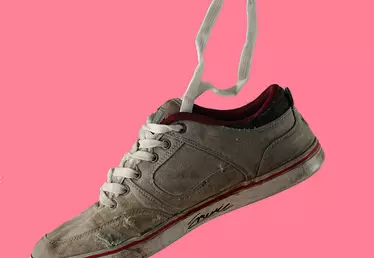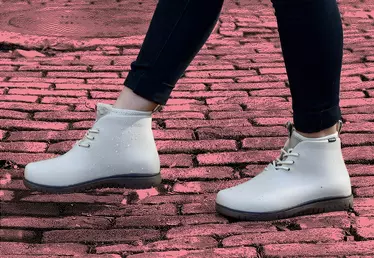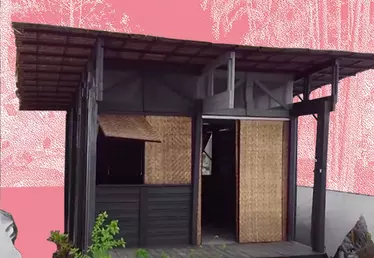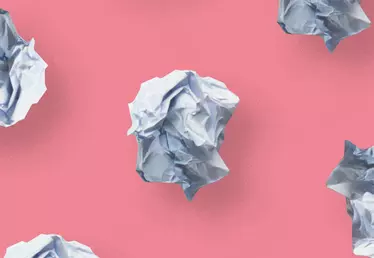

Wind turbine blades are now recyclable
5 min
Millions of tons of used wind turbine blades will have to be disposed of over the next few decades. But what should be done with them? An original solution is emerging in the US where used blades turned into brand new cement!
Wind power is on the upswing. More than 22,000 new wind turbines were erected around the world in 2019. According to the Global Wind Energy Council (GWEC), with more and more countries turning to this carbon-free energy source to reduce their greenhouse gas emissions, global installed wind power capacity is expected to rise to 71.3 GW in 2020.
Simultaneously, large numbers of the first-generation wind turbines installed in Europe and North America at the end of the 20th century, are coming to the end of service (the average life of a wind turbine is 20 years).
However, although according to Ademe their carbon footprint is good, wind turbines are difficult to recycle - especially the blades which may be as much as 30 meters long and are made of composite materials, mostly fiberglass.
The University of Cambridge estimates that there will be 43 million tons of used blades by 2050. Without proper management, they are likely to pile up in landfills.
For several years now Veolia has been working hard to find solutions that will give these blades a second life. In 2020, Veolia North America (VNA) made a breakthrough and signed a contract with GE Renewable Energy to recycle blades as part of "revamping"(replacement of certain parts) and "repowering" (dismantling) operations on the onshore wind farms run by General Electric's US subsidiary.
Co-treatment in cement kilns
In addition to recovering energy, the contract involves transforming the blades into a raw material that - thanks to cement kiln co-processing - can be used in cement manufacturing.

“We came up with the idea of analyzing the composition of a wind turbine blade to see if anything in its composition could be used inr other applications. What we found was that some of the materials were also used in cement."
From there," he continues, "we were able to develop a solution and build partnerships with a network of cement manufacturers interested in using wind turbine blades as an alternative raw material. Now the blades are no longer just shredded and burnt to recover heat, but are in addition transformed into raw materials and fed into the cement manufacturing process."

The recycling process starts in the field, on the wind farms. Once removed from the wind turbines, the blades are cut and loaded onto trucks that take them to a site where powerful machines shred them into smaller pieces. These pieces are then transported to a Veolia plant in Missouri, where they are further shredded until they are the size of small pebbles.
“We have to apply a very specific recipe," explains Bob Cappadona. "We have a range of shredding and grinding equipment that allows us to reduce the blades to acceptable sizes and shapes for going into the cement kilns."
Greener cement
Thanks to this process, more than 90% of the weight of the blades is recovered: 65% in the form of a raw material, replacing sand, clay and other materials, and 28% as an alternative fuel, replacing coal to provide the energy needed for the chemical reaction in the cement kiln. The cement produced in this way has exactly the same properties as traditional cement.
By recycling decommissioned blades in this way, Veolia and GE Renewable Energy are providing both a solution to the problem of end-of-life wind turbine management and valuable assistance to cement manufacturers trying to reduce their carbon footprint.
An environmental impact analysis conducted by Quantis U.S., a sustainable development consulting firm, estimates that recycling the blades by co-processing in cement kilns would reduce CO2 emissions by 27%.
This contract, which is unique in the U.S. wind industry, plans to recycle thousands of wind turbine blades over the coming years.






